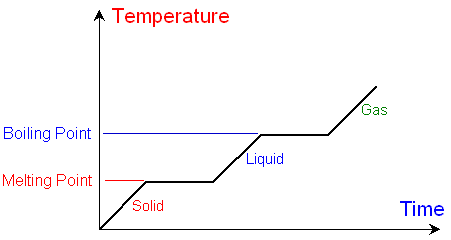To clean tallow, melt in a pan with equal amount of water. Stir vigorously. Allow to cool and resolidify. Remove tallow and scrape the bottom layer of junk off the block.
It provides little skin conditioning, but adds to the mildness and hardness of the soap. Tallow has a distinctive odor that can be difficult to mask. Most pioneer soaps were made with tallow.
Tallow has a melting point of about 85-95 degrees F.

To Make Tallow[edit | edit source]
Go to a butcher or a grocery store that has a real meat counter and ask for several pounds of beef fat scraps. The butcher may look at you funny. Say what you want the fat for, and the funny look usually goes away. Make sure it is understood that you only want BEEF fat. Pork fat makes lard, which has a different consistency than tallow. Phone the butcher first, since meat cutters usually throw out all the scaps after the morning cuttings. Some places do not charge for fat scraps. If youre charged more than a nickle a pound youre being ripped off.
Five to ten pounds of fat is a good amount to start with. Rinse it off with cool water, trim all the meat scraps off (use the meat to make broth or feed it to your dog – it will be fresh and will have been refrigerated). Chop the fat up into small pieces. The smaller the pieces, the better it will render, but it is tiring after a while, so I usually cut the pieces about the size of my thumb.
Fill a large pot – I use a stock pot or a canning pot – 1/3 to 1/2 full of fat and up to about an inch from the top with water. Put it on the stove over medium heat. Rendering tallow can be a rather smelly business, so turn on the fan in your stove hood, open a window, put a fan in the kitchen, or something. Bring the fat and water up to a low boil, and keep it there for a couple of hours, stirring every 15 to 20 minutes. Skim off any foam or blood that may rise up. Be sure to add more water as it cooks down. Be patient. As the tallow and water cooks out of them, whats left of the pieces of fat will shrink up into ugly little greyish things called “cracklings.”
Take the pot off the heat and remove the cracklings with a slotted spoon or a seive. If you really want to, you can render them again to get the last bit of tallow out of them. I usually just throw them out. Strain the liquid – carefully! – through a few layers of cheescloth into a large mixing bowl and let stand to cool. After a couple of hours put it in the refrigerator to chill.
Once its chilled take it out and remove the white stuff on top: this is tallow. The water underneath will be grayish and nasty, and a layer of gelatin may cling to the bottom of the tallow. Discard the water and the gelatin, and scrape the bottom of the tallow cake clean. If the tallow is fully rendered, it will be firm, uniform in color, and smooth in texture. If, at room temperature, it is yellowish, semi-liquid, grainy, or oily looking, put it in a pot with an equal amount of water, bring to a boil, strain into a bowl, and cool again, and discard the water and impurities that settle to the bottom. You may need to do this two or three times to get all of the impurities out.
Wrap the finished cake of tallow in plastic wrap and store in the refrigerator. It will keep fresh for a couple of months.
Beef tallow has a melting point 35-40 deg. C.
Mutton tallow has a melting point 45-45 deg. C.
How to make Beef Tallow | The Bearded Butchers
FAQ
What temp does beef tallow melt at?
What is the melting point of tallow fat?
|
Melting point:
|
45–50°C
|
|
|
Solids content at
|
(°C/°F)
|
20/68
|
|
|
(%)
|
37
|
What temperature does fat melt at?
Can tallow handle high heat?
What temperature does tallow melt?
The melting point of tallow is a bit lower than suet, at around 85 to 95 degrees F. That means it will melt at body temperature, but more slowly than vegetable fats like coconut oil, which melt at a warm room temperature (about 78 degrees F ). Since it’s a pure, clean fat, properly rendered tallow will keep on the pantry shelf for years if sealed.
What type of fat is tallow?
Tallow ( or suet) is an extremely versatile type of fat that is made from rendered animal fat. Tallow is made by taking beef or mutton fat or suet ( the fatty area around a cow’s kidneys) and cooking it down on very low heat until it melts into a liquid.
How hard is tallow at room temperature?
Unlike other types of rendered fat, tallow is completely solid at room temperature. It’s actually quite hard, almost like beeswax, but not quite. You can make tallow candles out of it without any other ingredients, and it will hold its shape and burn.
How do you make tallow?
To obtain tallow, you must render suet, which is the fat around the kidneys and other organs of the animal. Follow these detailed steps for rendering: Chop suet into small pieces to speed up the melting process. Heat the suet in a pot over low heat to slowly melt the fat down, preventing burning.
